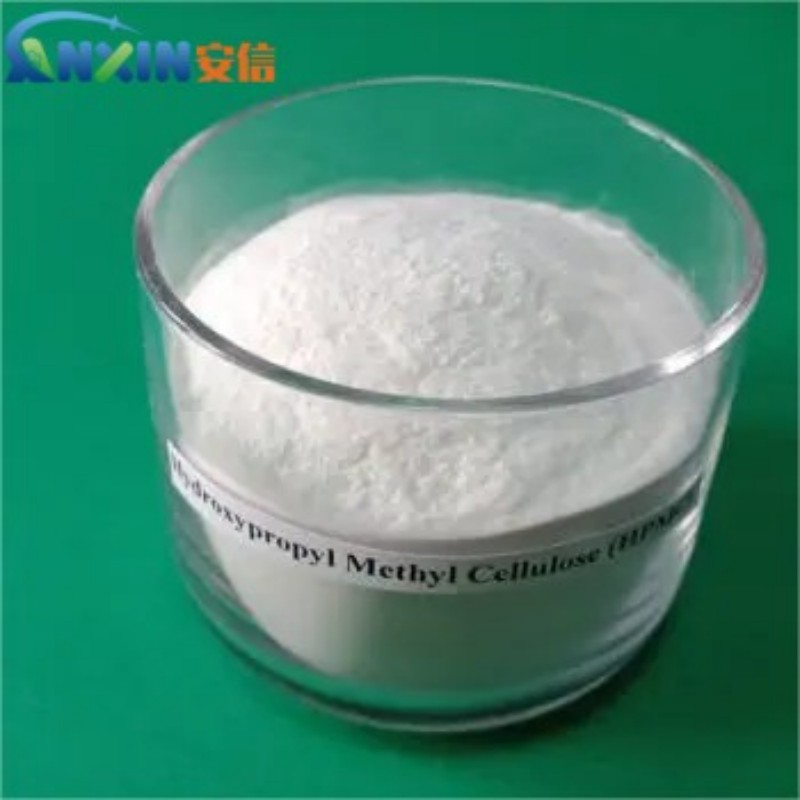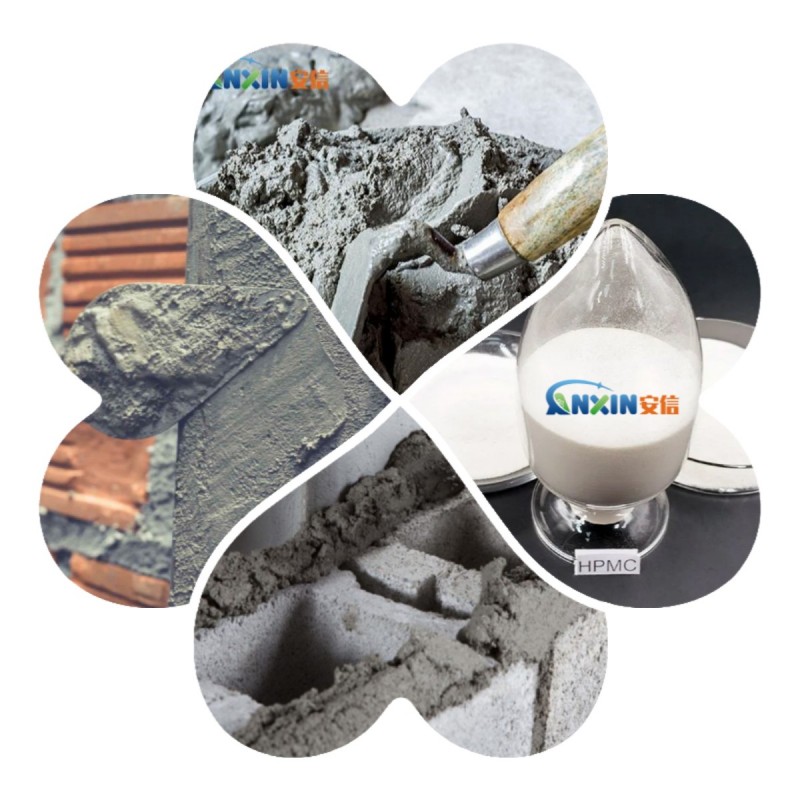Hydroxypropyl methylcellulose (HPMC) is a water-soluble polymer commonly used in building materials. It is widely used in cement mortar, putty powder, tile adhesive and other products. HPMC mainly improves the quality of cement-based materials by increasing the viscosity of the system, improving water retention capacity and adjusting construction performance.
1. Effect of HPMC on water retention of cement mortar
The water retention of cement mortar refers to the ability of mortar to retain water before it is completely solidified. Good water retention helps the full hydration of cement and prevents cracking and strength loss caused by excessive water loss. HPMC improves the water retention of cement mortar in the following ways:
Increase system viscosity
After HPMC dissolves in cement mortar, it forms a uniform mesh structure, increases the viscosity of the mortar, evenly distributes water inside the mortar and reduces the loss of free water, thereby improving water retention. This feature is particularly important for high-temperature construction in summer or for base layers with strong water absorption.
Forming a moisture barrier
HPMC molecules have strong water absorption, and its solution can form a hydration film around cement particles, which plays a role in sealing water and slowing down the rate of water evaporation and absorption. This water film can maintain the water balance inside the mortar, allowing the cement hydration reaction to proceed smoothly.
Reduce bleeding
HPMC can effectively reduce the bleeding of mortar, that is, the problem of water precipitating from the mortar and floating up after the mortar is mixed. By increasing the viscosity and surface tension of the aqueous solution, HPMC can inhibit the migration of mixing water in the mortar, ensure the uniform distribution of water during the cement hydration process, and thus enhance the overall uniformity and stability of the mortar.
2. Effect of HPMC on the composition of cement mortar
The role of HPMC in cement mortar is not limited to water retention, but also affects its composition and performance, as shown below:
Affecting the cement hydration process
The addition of HPMC will slow down the hydration rate of cement hydration in the early stage, making the formation process of hydration products more uniform, which is conducive to the densification of the mortar structure. This delaying effect can reduce early shrinkage cracking and improve the crack resistance of the mortar.
Adjusting the rheological properties of mortar
After dissolving, HPMC can increase the plasticity and workability of mortar, making it smoother during application or laying, and less prone to bleeding and segregation. At the same time, HPMC can give mortar a certain thixotropy, so that it maintains a high viscosity when standing, and the fluidity is enhanced under the action of shear force, which is helpful for construction operations.
Influencing the strength development of mortar
While HPMC improves the construction performance of mortar, it may also have a certain impact on its final strength. Since HPMC will form a film in cement mortar, it may delay the formation of hydration products in the short term, causing the early strength to decrease. However, as the cement hydration continues, the moisture retained by HPMC can promote the later hydration reaction, so that the final strength can be improved.
As an important additive for cement mortar, HPMC can effectively improve the water retention of mortar, reduce water loss, improve construction performance, and affect the cement hydration process to a certain extent. By adjusting the dosage of HPMC, the best balance between water retention, workability and strength can be found to meet the needs of different application scenarios. In construction projects, the rational use of HPMC is of great significance to improving mortar quality and extending durability.
Post time: Mar-25-2025

